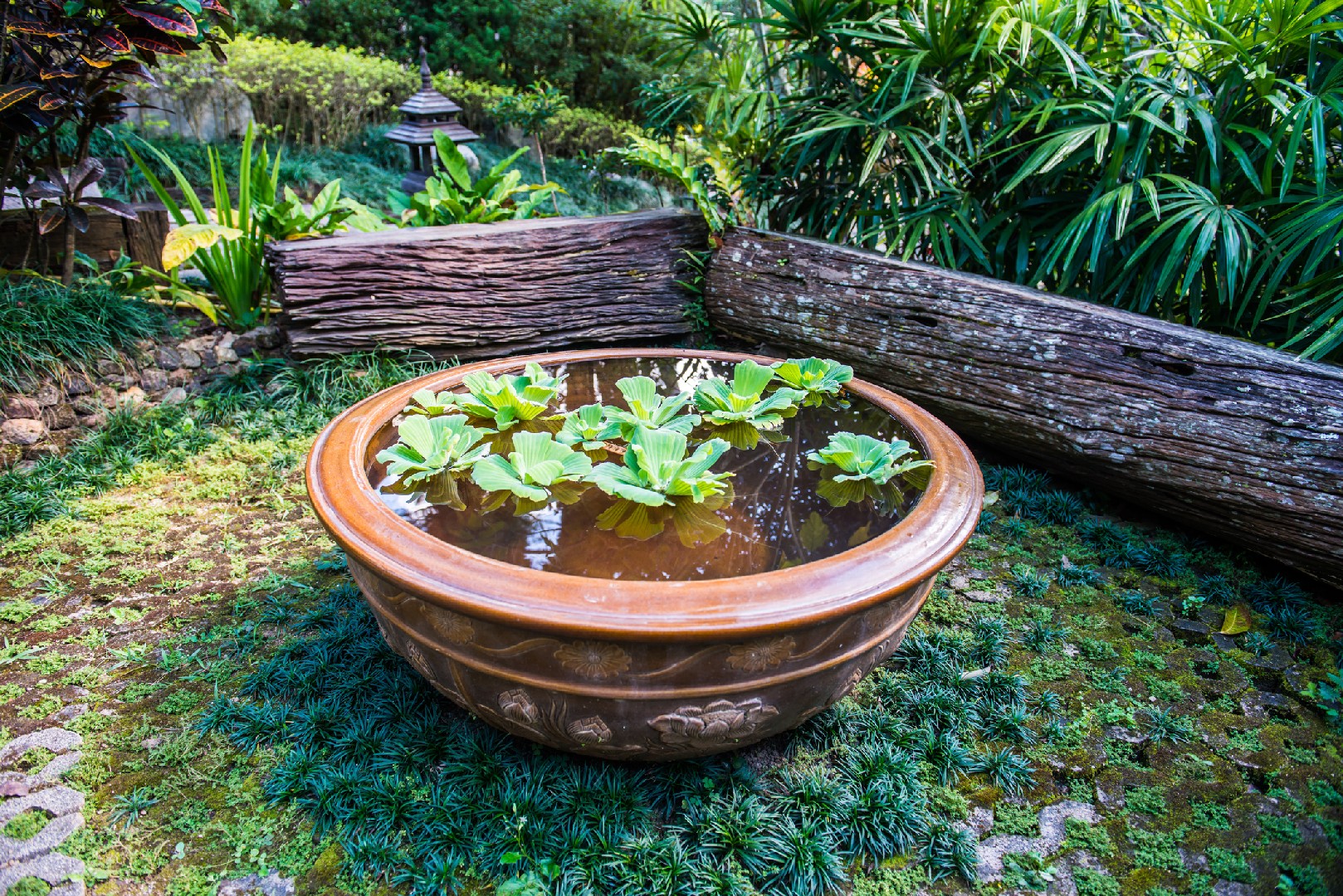![Rectangle]()
Understanding Still Water Features
When it comes to designing your garden, water features can add a touch of serenity and elegance. Still water features, such as ponds and pools, are particularly popular for their calm and peaceful aesthetic appeal. They can bring a sense of tranquility and create a soothing atmosphere, making them an ideal choice for those looking to create a peaceful retreat in their outdoor space.
Ponds are one of the most common types of still water features found in gardens. They can range in size from small, shallow pools to larger, deeper ponds. Ponds provide a habitat for aquatic plants and animals, adding an element of biodiversity to your garden. They can also serve as a focal point, drawing the eye and creating a sense of visual interest.
Pools, on the other hand, are typically smaller in size and are often designed for decorative purposes. They can be made from various materials, such as stone, concrete, or fiberglass, and can be customized to fit seamlessly into your garden design. Pools are a great choice for those who want a small, self-contained water feature that requires less maintenance than a pond.
When considering which still water feature is right for your garden, it's important to take into account your climate and garden size. Ponds, for example, require a larger space and are better suited for larger gardens. They also require more maintenance, such as regular cleaning and upkeep of the water quality. Pools, on the other hand, can be installed in smaller spaces and are generally easier to maintain.
Maintenance is an important aspect to consider when choosing a still water feature. Ponds, for instance, require regular maintenance to ensure the health of the aquatic plants and animals. This includes keeping the water clean and clear, removing debris, and monitoring the water quality. Pools, on the other hand, may require less maintenance but still need to be regularly checked for leaks, cleaned, and treated with chemicals to keep the water balanced.
Cost is also a factor to consider. Ponds tend to be more expensive to install and maintain due to their larger size and the additional equipment needed, such as filters and pumps. Pools, on the other hand, are generally more affordable and require fewer accessories. It's important to factor in the initial cost as well as the long-term maintenance costs before making a decision.
Lastly, it's important to consider the eco-friendliness of still water features. Ponds, for example, can provide a habitat for native plants and animals, contributing to biodiversity. They can also act as a natural water source for wildlife. Pools, on the other hand, require more energy to operate and may not offer the same environmental benefits. If eco-friendliness is a priority for you, choosing a pond may be the better option.
In conclusion, still water features can add beauty and serenity to your garden. Whether you choose a pond or a pool, it's important to consider your climate, garden size, maintenance requirements, costs, and eco-friendliness. By carefully weighing these factors, you can select the right water feature that will enhance your garden design and provide a peaceful retreat for years to come.





